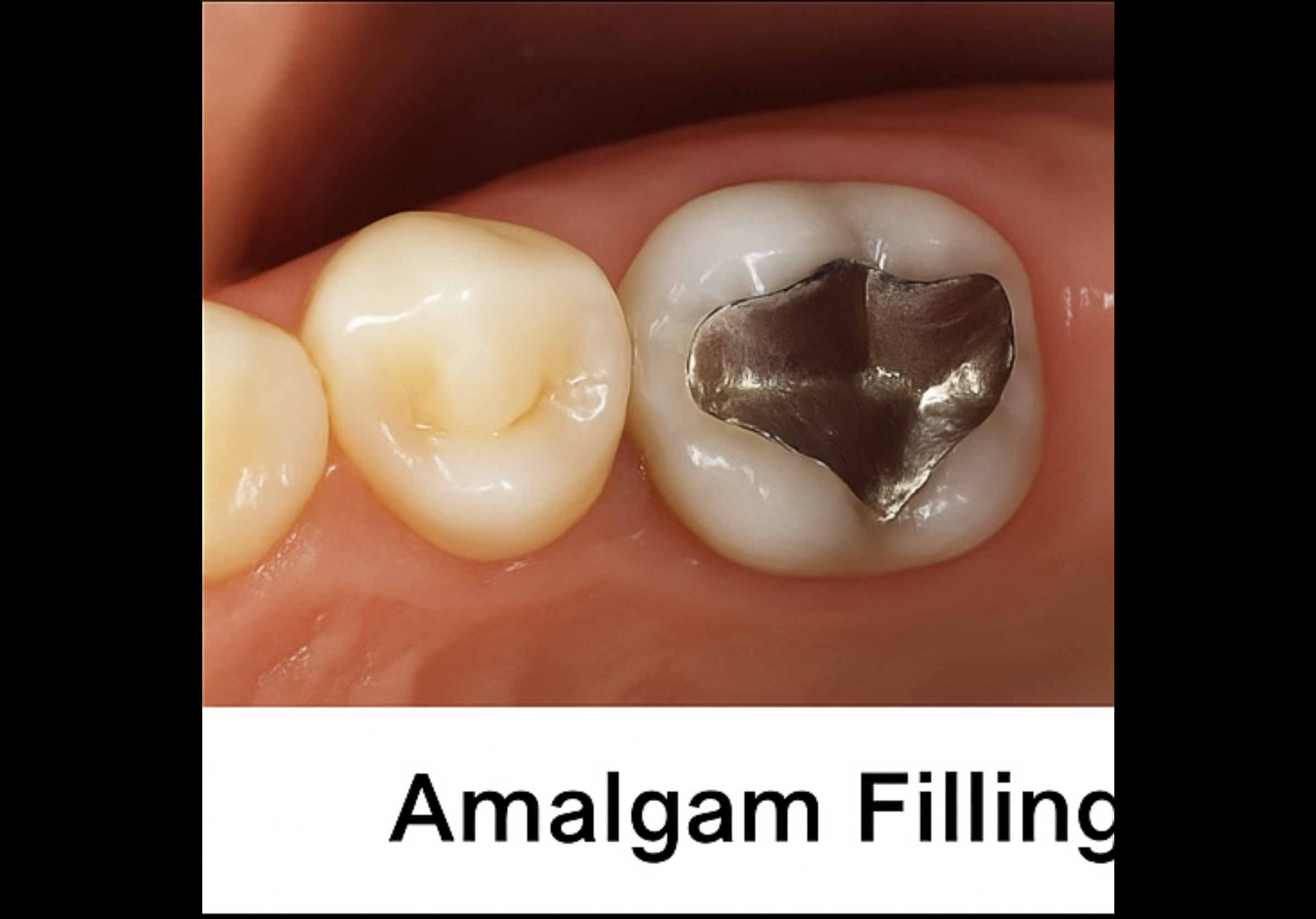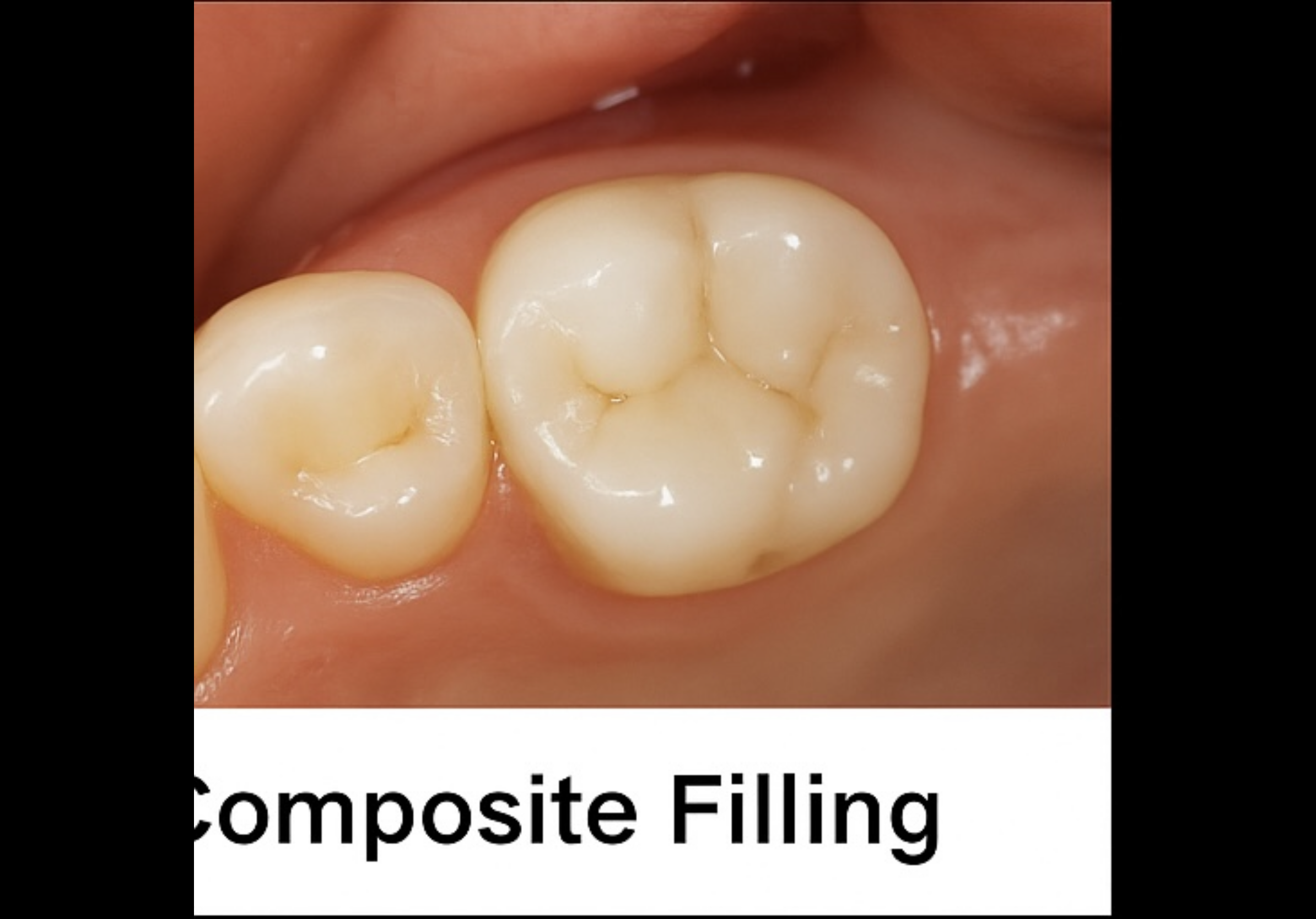What Is a Dental Filling? Why Is It Done?
A dental filling is a restorative procedure used to repair a tooth damaged by decay, fracture, or wear. The goal is to remove the decayed area and fill the cavity with suitable material to restore the tooth’s function, shape, and aesthetics.
Types of Dental Fillings
-
Composite (White) Filling:
Tooth-colored and ideal for visible areas. Cured with light for hardening. -
Amalgam Filling:
Silver-colored, metal-based material. Very durable but not aesthetic. -
Porcelain (Inlay / Onlay):
Fabricated in a lab. Offers excellent durability and appearance. -
Glass Ionomer Filling:
Often used in children. Releases fluoride. -
Temporary Filling:
Used between dental procedures, especially root canal treatments.
⚙️ How Is It Done? (Procedure Steps)
-
Local anesthesia is applied to numb the area.
-
The decayed or damaged tissue is removed.
-
Filling material is layered into the cavity.
-
The material is hardened using light or chemical curing.
-
Bite is adjusted and the surface is polished.
✅ Advantages
-
Restores tooth function and aesthetics
-
Relieves pain and sensitivity
-
Prevents further decay and tooth loss
-
Offers natural appearance with aesthetic materials
⚠️ Disadvantages
-
Composite fillings may discolor over time
-
Amalgam is not visually appealing and may cause sensitivity
-
Some materials may wear out and need replacement
-
Mild pain or pressure can occur after the procedure
Post-Filling Pain & Considerations
-
Sensitivity to hot or cold for the first 24–48 hours is normal
-
Pain while biting may indicate a high filling; check-up may be needed
-
Avoid hard and sticky foods temporarily
-
Persistent pain may suggest nerve involvement—consult your dentist



